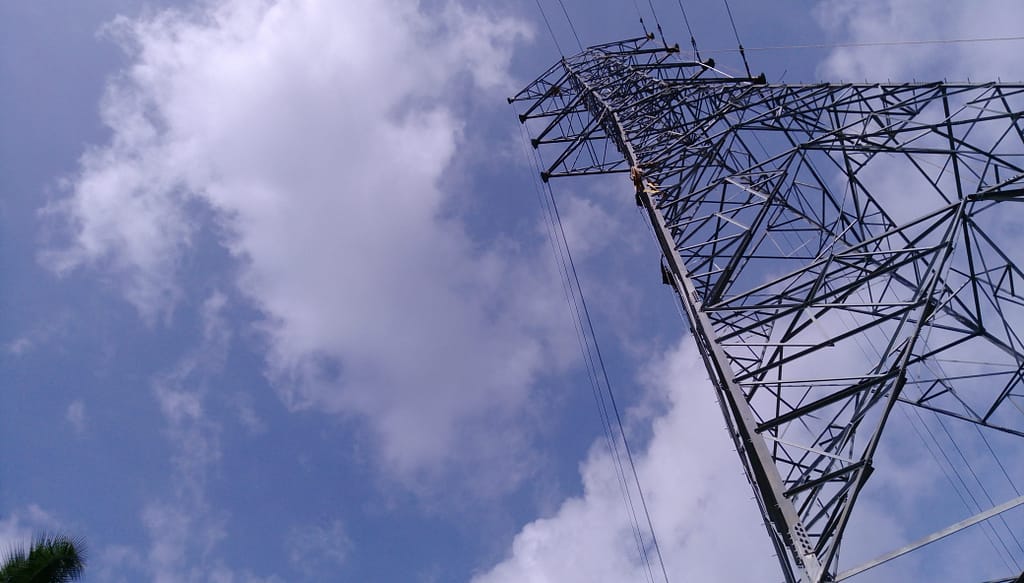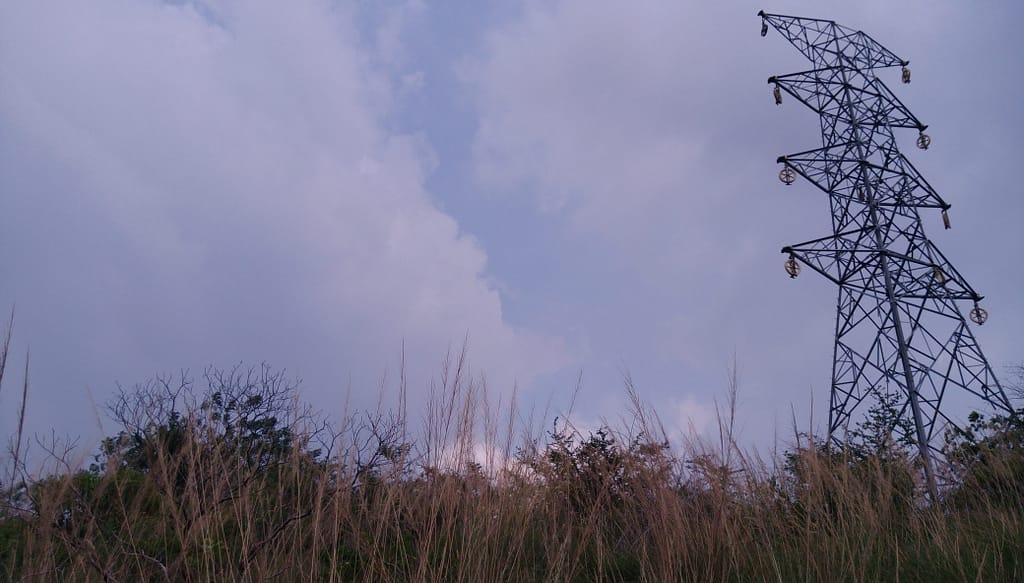Tower Erection
Tower erection is the process of installing communication towers, wind turbines, and other structures that require tall, sturdy support. It is a complex and technical process that requires specialized knowledge, equipment, and skills to ensure safe and reliable outcomes. With the increasing demand for wireless communication and renewable energy, tower erection is an essential service that plays a crucial role in connecting people and powering communities. In this article, we will explore the various aspects of tower erection and offer tips and insights to help ensure successful installations.
This article mainly focuses on the power distribution line. Tower erection is the main feature of the power distribution system, and according to the voltage level of the transmission line, tower types and the shape of the tower also vary.
Tower Types of Tower Erection
The following are the main tower types used for tower erection. Those four types of towers are normally used for transmission lines. The type, Size, and Shape of the tower is depending on location, angle of deviation, etc.
- Suspension Towers
- Tension Towers
- Terminal Towers
- Special Towers
Suspension Towers
A suspension tower transmits high-voltage electrical power from one location to another as a type of transmission tower. It consists of two tall steel towers with a cross arm at the top and a horizontal conductor suspended between them. Support the conductor with insulators, which permit the flow of electricity while avoiding physical contact with the towers.
Commonly use suspension towers in areas with flat terrain where a clear path for electrical flow is necessary. Employ suspension towers for river crossings by erecting them on opposite banks and suspending conductors over the water. Identify suspension towers as Line towers. The suspension towers are the main tower type of transmission line to get the straight line. It may also vary a maximum angle of 5 degrees. These are designed to carry the only weight of the conductor in straight-line positions. These towers can define as TDL towers.

Tension Towers:
Use electrical tension towers at locations where the deviation angle exceeds 5 degrees. Design tension towers, also known as tension stringing towers or angle towers, to withstand the tension load of the overhead conductor.
Use them in areas with uneven or hilly terrain to maintain the stability and integrity of the transmission line. Consider factors such as tower height, material, and a number of conductor attachments when designing tension towers for safe and reliable performance Employ tension towers for turning points and to isolate sections.
- TD1 – towers
- TD3 – towers
- TD6 – towers
Terminal Towers
Terminal towers can use for the end of the line. Normally this type of tower identifies as a “TDT” tower and use at the start point of the transmission line at the grid substation and the end of the line at the grid substation. After the terminal tower, the line connects to the substation. Therefore, this is a different design than other towers because this tower gets a heavy load on only one side.
Special Towers
Special towers can use for special situations for instance TDT twin Zebra tower. The transmission line is a single zebra line but the end of the transmission line can be planned for twin zebra.

Why is hot dip galvanized used for tower parts during tower construction?
Hot-dip galvanizing is used for tower parts during tower construction to protect them from corrosion. The process involves dipping the steel parts into a bath of molten zinc, which creates a layer of zinc alloy that acts as a barrier between the steel and the environment.
This layer helps to prevent corrosion and extend the lifespan of the tower parts. The uniform and attractive finish of hot-dip galvanizing also enhances the appearance of the tower. Plus, it is a cost-effective solution that can be applied in a single operation and requires minimal maintenance over time.

How to Select the Legs and Body Extension in Tower Erection
Normally, the following are the common body extensions and leg extensions used for the transmission line.
- Usual body extensions: – 0m, +6m, +12m, +18m
- Special Causes: – +3m, +9m+15m, and –3m, -1m+1m
- Leg extension: – -3m, -2m, -1m, +1m, +2m, +3m
Body extensions for special situations.
- When the transmission line is going over the buildings the line can lift. In that case use body extensions
- If the transmission line path is with a mountain area, low height tower is used for the hill of the mountain, and a heights tower is used for the bottom of the mountain according to the clearance to the ground
- If the line path is going on paddy is typically used 0m body extension
Leg extensions can use when the ground is not level for four legs. In that situation, one or two legs can extend.
Tower Erection Operation
Tower erection means the building of a tower or the assembly of tower parts according to a particular drawing. There are four main methods of erecting steel transmission towers in the world.
- Build-up method,
- Section method,
- Ground assembly method,
- Helicopter method.
In Sri Lankan and Indian tower erection projects normally used the “Section method”. and the Build- method. The major difference between these two methods is, two Gin poles normally use for the “Build-up Method”.
Place two gin poles, one on top of each diagonally opposite corner leg, after erecting the first section of the tower. There are no guy ropes. In the “section method,” “there is one “Gin pole”. After erecting the first section of the tower, attach the gin pole to the top of one corner leg. Use ropes to move the gin pole for the other three legs. All the above two methods Gin poles are moving up as the tower grows.

Tools and Equipment in Tower Erection
Labor skills are the main important factor in Tower Erection. The team of the tower erection use the following tools and equipment.
- Torque wrench
- Motorized winch
- Nylon rope for guy rope, etc.
- Gin pole and mobile crane
Tower Grounding & Earth Resistance
Tower grounding is use for reducing the earth wire potential and stress on insulations at the time of stroke and also for the safety of the line. According to CEB standards in Sri Lanka, the earth resistance around the tower and within 5m on the surface of the ground should be less than 10. There are four tower grounding systems. Normally, we use the buried conductor method for tower grounding. Connect one or more conductors to the tower legs and bury them in the backfill of the tower foundation.
After using the buried method and finishing the tower erection earth resistance need to check on every four legs of the tower. Most of the reading was below 10, But in the special case, we can go for the following methods.
- Bury a 60m length of wire, known as a counterpoise wire, horizontally at a depth of 0.5m below ground. Connect the wire to the tower legs. (This method is recommended for the above cases.)
- Rod pipe
- Treated Earth wire
Use a Digital Earth Resistance Tester to test the earth resistance.
This article is mainly based on Tower Erection with on-site experience in Sri Lanka and hopes you get some knowledge about tower erection.
Really appreciate your taking the time to read the article. Feel free to add some comments here and share your knowledge with us.






0 Comments